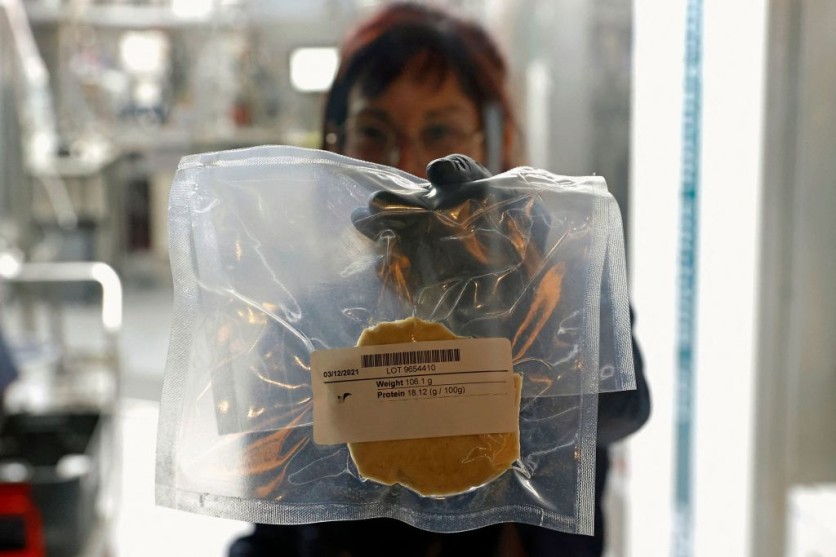Lab-grown meat is actually more harmful to the environment than real meat.

A new study explained that the way ACBM (animal cell-based meat) is created produces more carbon dioxide than traditional methods.
For the past few years, many scientists have been promoting ACBMs as they could help reduce the slaughter of animals.
Aside from this, some experts stated that the methods used for lab-grown meat are more eco-friendly compared to conventional slaughtering methods.
But, based on the new study's findings, it seems like this is not the case at all.
Lab-Grown Meat More Harmful To Environment Than Real Meat
According to Interesting Engineering's latest report, lab-grown meat methods produce between four to 25 times more CO2 than traditional slaughtering techniques.

This was revealed in a new study conducted by the University of California, which was published in the bioRxiv journal.
"Animal cell culture is traditionally done with growth medium components which have been refined to remove/reduce endotoxin," said UC researchers.
They added that the refinement methods for ACBMs contribute significantly to the environmental and economic costs linked to pharmaceutical products.
This is because ACBM and pharmaceutical products are both resource and energy intensive.
How much CO2 do ACBMs produce?
The University of California scientists claimed that each kilogram of ACBM could produce between 246 kilograms to 1,508 kilograms of carbon emissions.
They added that this could happen if the use of highly refined growing media is continued. Because of this, they estimated that the global warming created by cultured meat could be 25 times greater than that of retail beef.
Aside from higher CO2 emissions, another issue with lab-grown meat is the promised technologies that are either non-existent or impractical to use.
If you want to learn more about issues with ACBMs, you can click this link.
Here are other stories we recently wrote about lab-grown meat.
In 2022, scientists used magnetic fields to produce lab-grown meat. In 2021, experts stated that 3D-printed meat could unite both meat lovers and vegans.
For more news updates about lab-grown meat and other similar topics, always keep your tabs open here at TechTimes.
Related Article : FDA Gives Green Light For Lab-Grown Meat as UPSIDE Foods Passes Consultation Process

ⓒ 2025 TECHTIMES.com All rights reserved. Do not reproduce without permission.




